Nicolas and Lena Remy offer great photography hints and tips for Close Focus Wide Angle
Underwater photographs are often categorized into one two broad categories: wide-angle and macro.
Wide-angle refers to photographs taken with a lens wider than 28mm (in full-frame terms), whereas macro suggests a narrow field of view, depicting a single small subject with great details. Interestingly, within each category there are more specialized domains that produce very different imagery. In this article, I will cover Close Focus Wide Angle (CFWA), an underwater photography technique which produces eye-catching images, when properly executed. I will define Close Focus Wide Angle, discuss the advantages of this technique, what sorts of subjects it suits well, and equipment required.
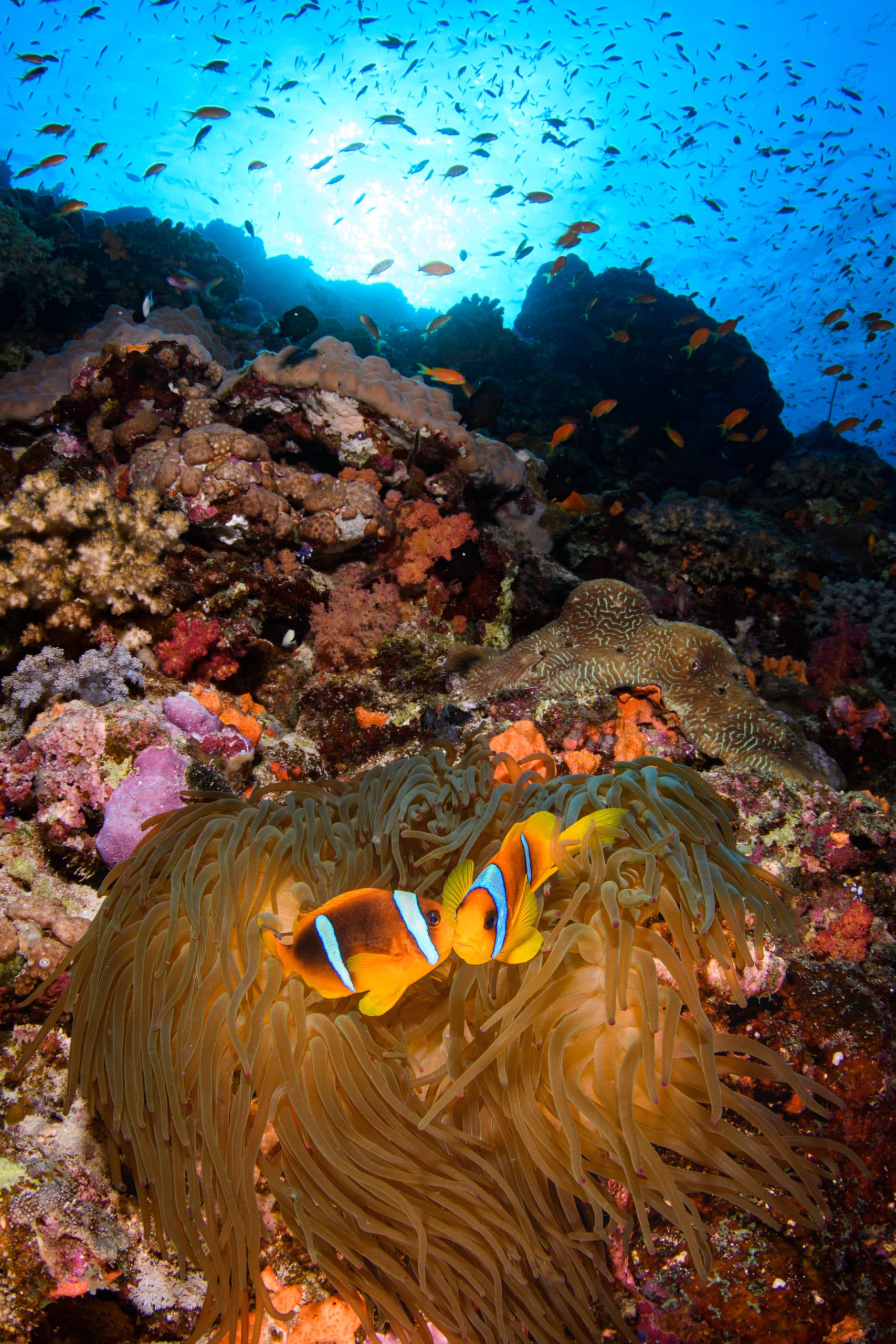
Close Focus Wide Angle photographs: what do they look like?
As the name implies, a Close Focus Wide Angle photograph is a wide angle image, which is framed very close to the foreground subject. By “close”, I mean only a few centimeters from the dome port. That foreground subject usually occupies a third of the image, leaving ample space around or on the side of the subject, with the middleground represents the reef or immediate habitat of that species. The background is usually blue (or green!) water, with either the sun, a swimming fish or a diver adding interest. A picture is worth a thousand words, so have a look at those illustrating this article.
Now, let’s look at the 3 reasons why Close Focus Wide Angle is a very useful technique to master, as an underwater photographer.
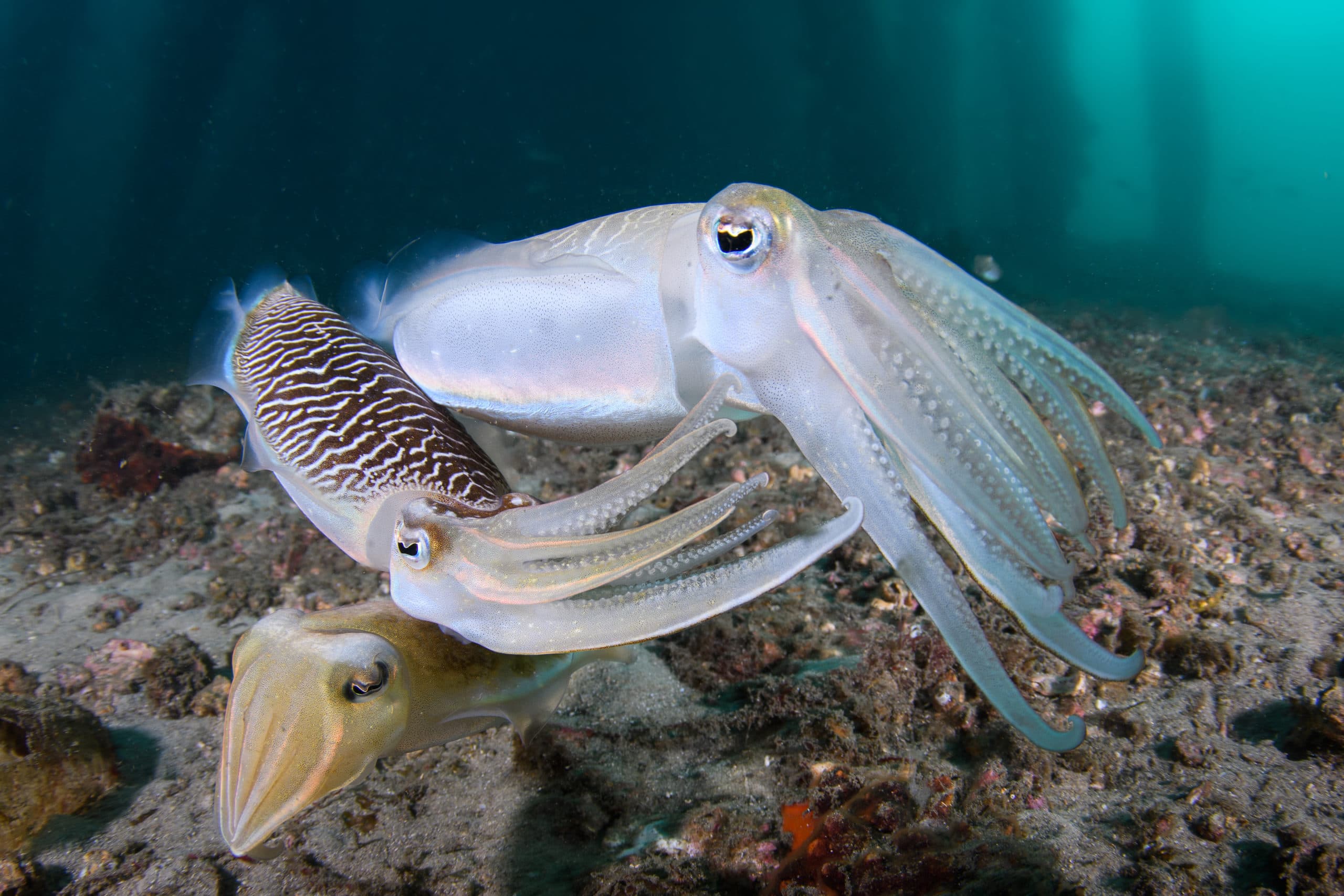
Eye-catching images
Close Focus Wide Angle images are often more eye-catching than traditional wide-angle underwater photographs, as they feature more contrast and brighter, warmer colors. Indeed, with such a close foreground, there will be no shortage of strobe light to bring back those warm colors onto the main subject, and I typically find myself dialing down strobes below 10% of their power when lighting a CFWA shot. Because the middleground is relatively far away from the foreground (which is so close to the lens), it is easy to produce a dark middleground, and this contrast helps the foreground subject “pop”.
For even more contrasted pictures, I recommend including the sunball or a diver carrying a torch in the background: this alternation between a bright foreground, a dark middleground and a bright background really helps to attract the viewer’s attention, and help them navigate the photo.
For that reason, no wonder most Close Focus Wide Angle shots are vertical!
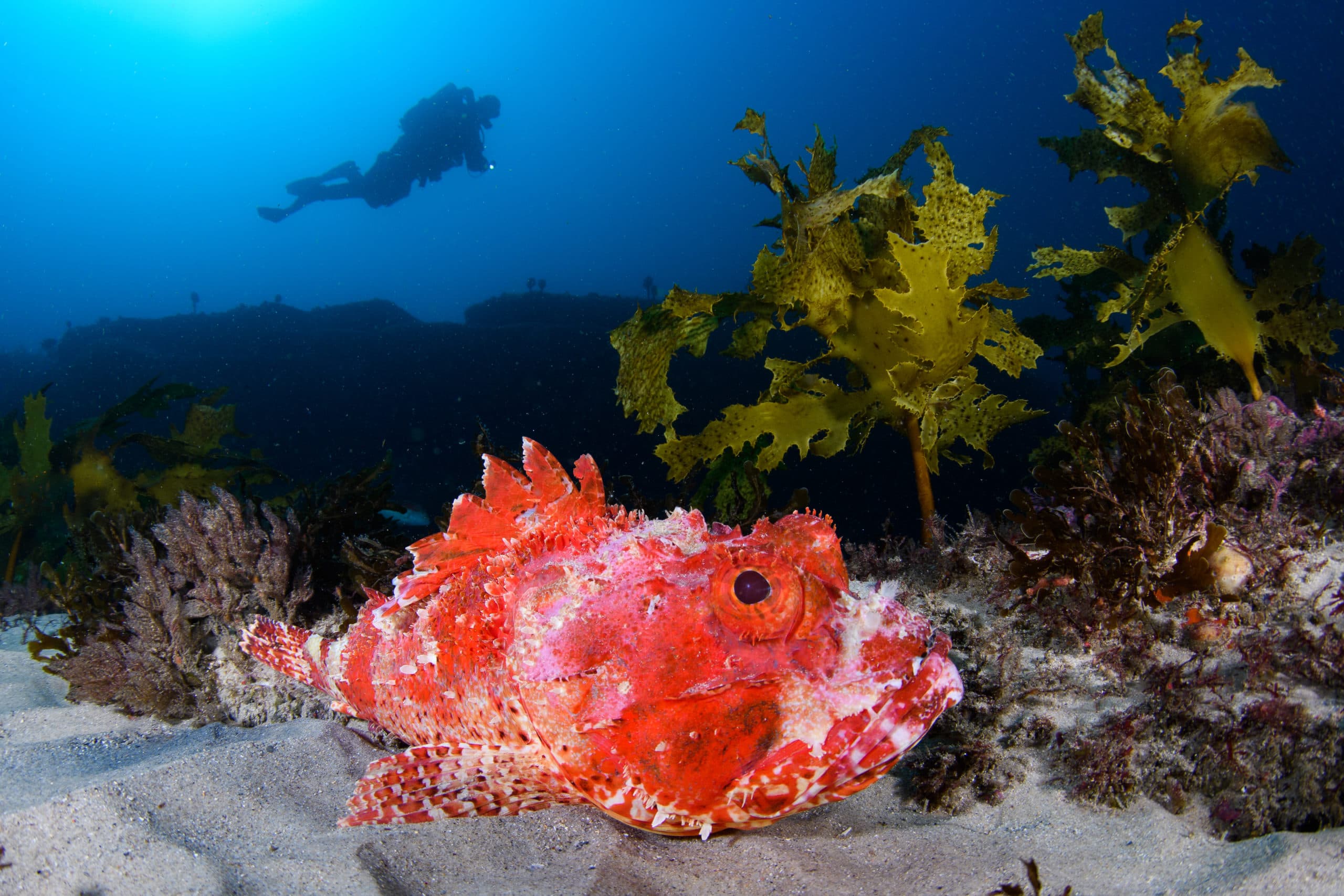
Photographs that tell a story
Aesthetics aside, Close Focus Wide Angle imagery resonate with both diver and non-diver audiences, as they can be framed to effectively tell a story. Indeed, the main subject is always clear in the foreground, and its habitat gets depicted in the middleground, conveying a sense of “place”. The background can be leveraged to complement that story, be it with a visiting diver that helps the viewer relate, or pelagic fishes from the same ecosystem.
Even in low-visibility
Whilst wide-angle photography is said to require clear water, Close Focus Wide Angle can be practiced even in low-visibility. Just like macro photography, the main subject is very close to the camera, so there isn’t much particles to create backscatter from. In practice, I am certainly happy to shoot CFWA in visibilities as low as 3 meters. This requires careful strobes placement though, pulled as far as possible from the dome port, but as close as necessary to reach the subject.
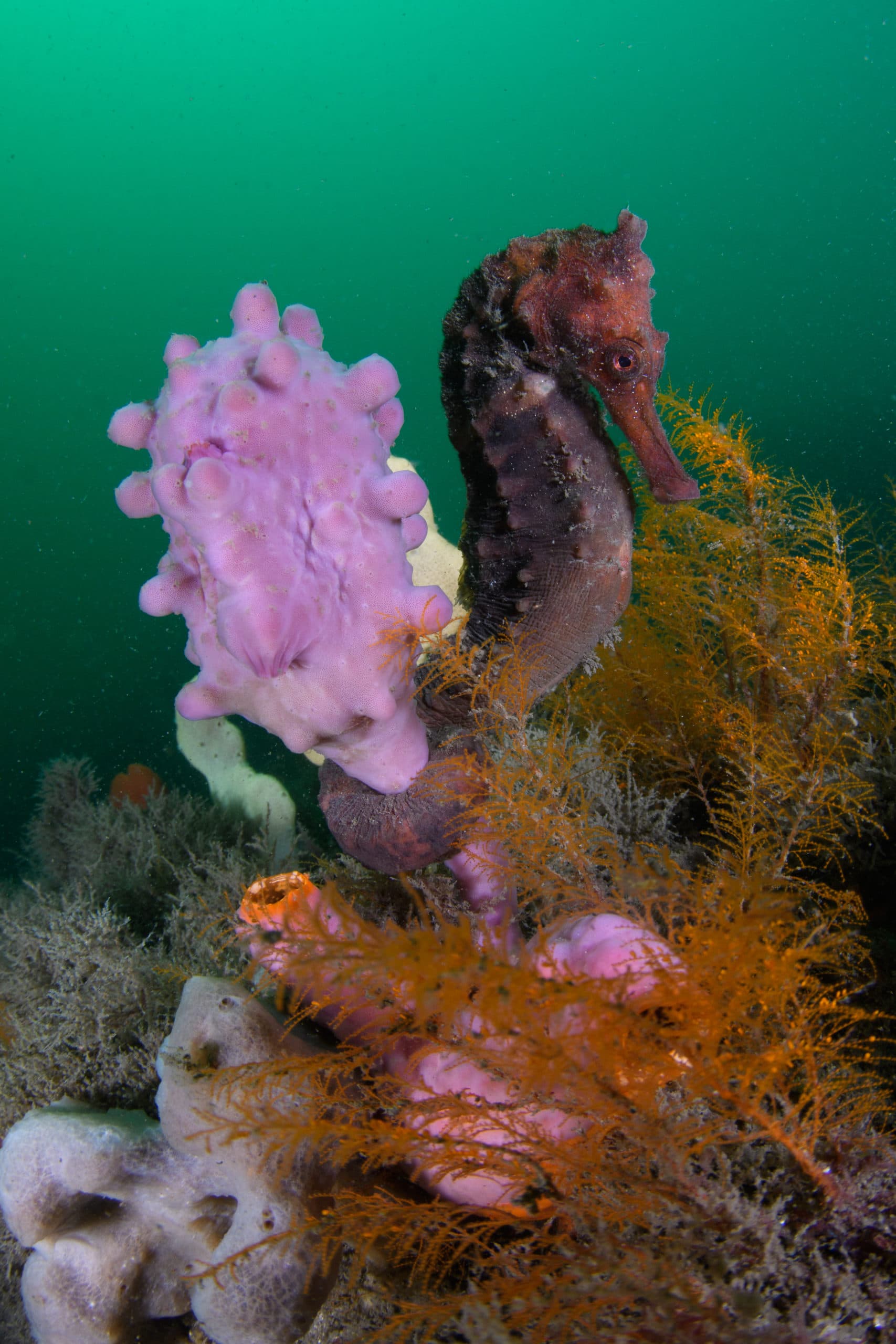
Which equipment for Close Focus Wide Angle?
To tap into the above advantages, Close Focus Wide Angle requires using a lens/dome combination that is able to focus right in front of the dome, and which has a very wide field of view (to enable these highly contrasted shots that include the surface in the frame).
In most interchangeable lens systems, a modern fisheye is the way to go: most of these are able to focus right on the front glass, and complemented with a mini dome (think 100m in diameter, or less). Indeed, typical 8 inches dome would be too large and not allow getting close enough to very valid CFWA subjects.
In the lighting department, two strobes are a necessity. The ones which we have used are rather large but feature a wide beam (110 degrees and beyond, with diffusers), which helps in orientation of the said strobes. CFWA may be achieved with narrower beamed strobes, provided they are small enough to be tucked-in close to the dome port.
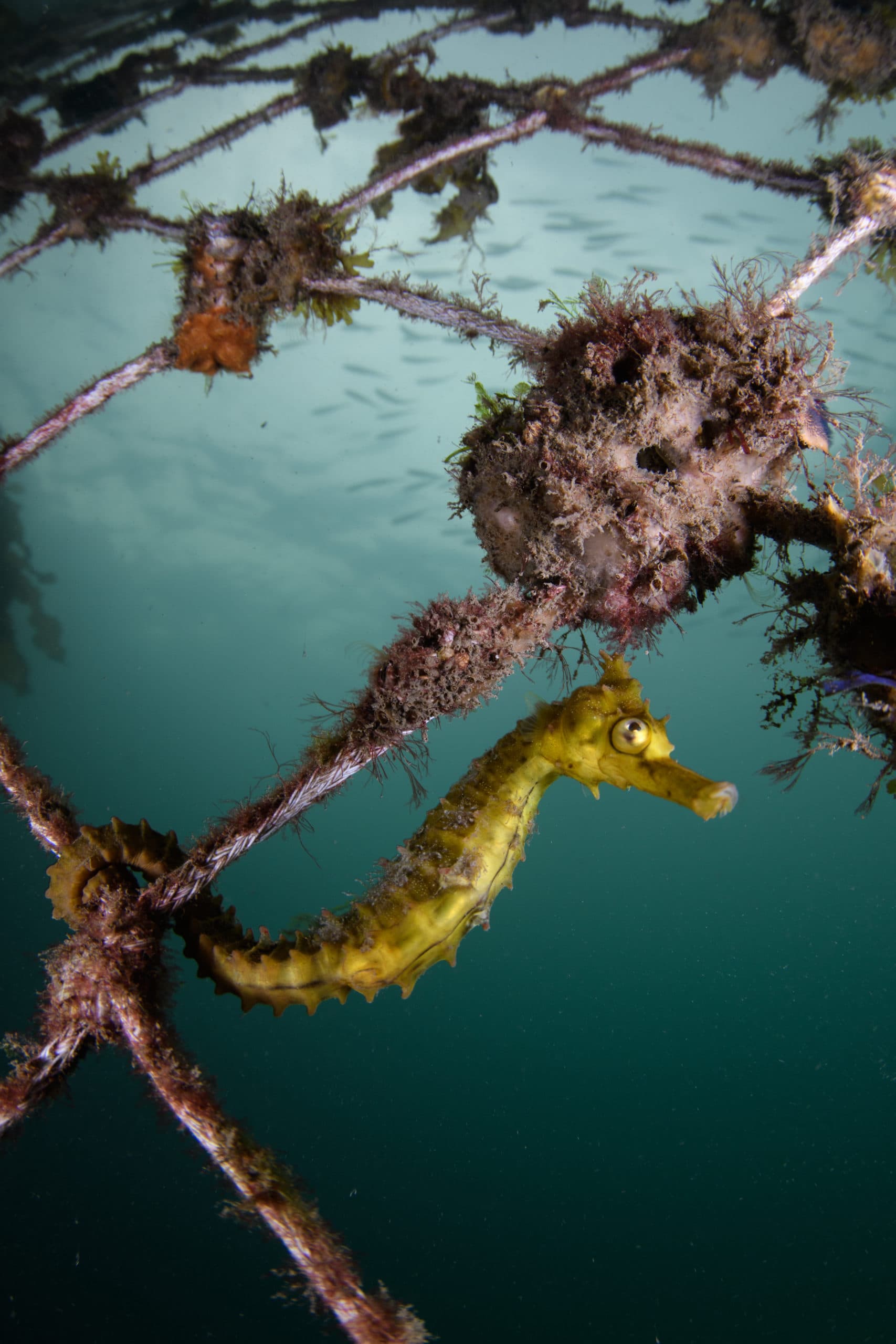
Which subjects are a good fit for Close Focus Wide Angle?
Size-wise, subjects as small as a tennis ball are suitable for Close Focus Wide Angle, or even smaller, depending on the composition. When starting with this technique, favor stationary species that are easy to approach: camouflaged animals such as scorpionfish or frogfish are ideal, but don’t discard a colorful urchin or anemone.
Article Written By Nicolas Remy
Photo Credit: Nicolas Remy & Lena Remy
For more images from Nicolas and Lena visit their Website, Nicolas & Lena Remy Photography or follow them on Instagram and Facebook
For more articles and images by Nicolas and Lena try:
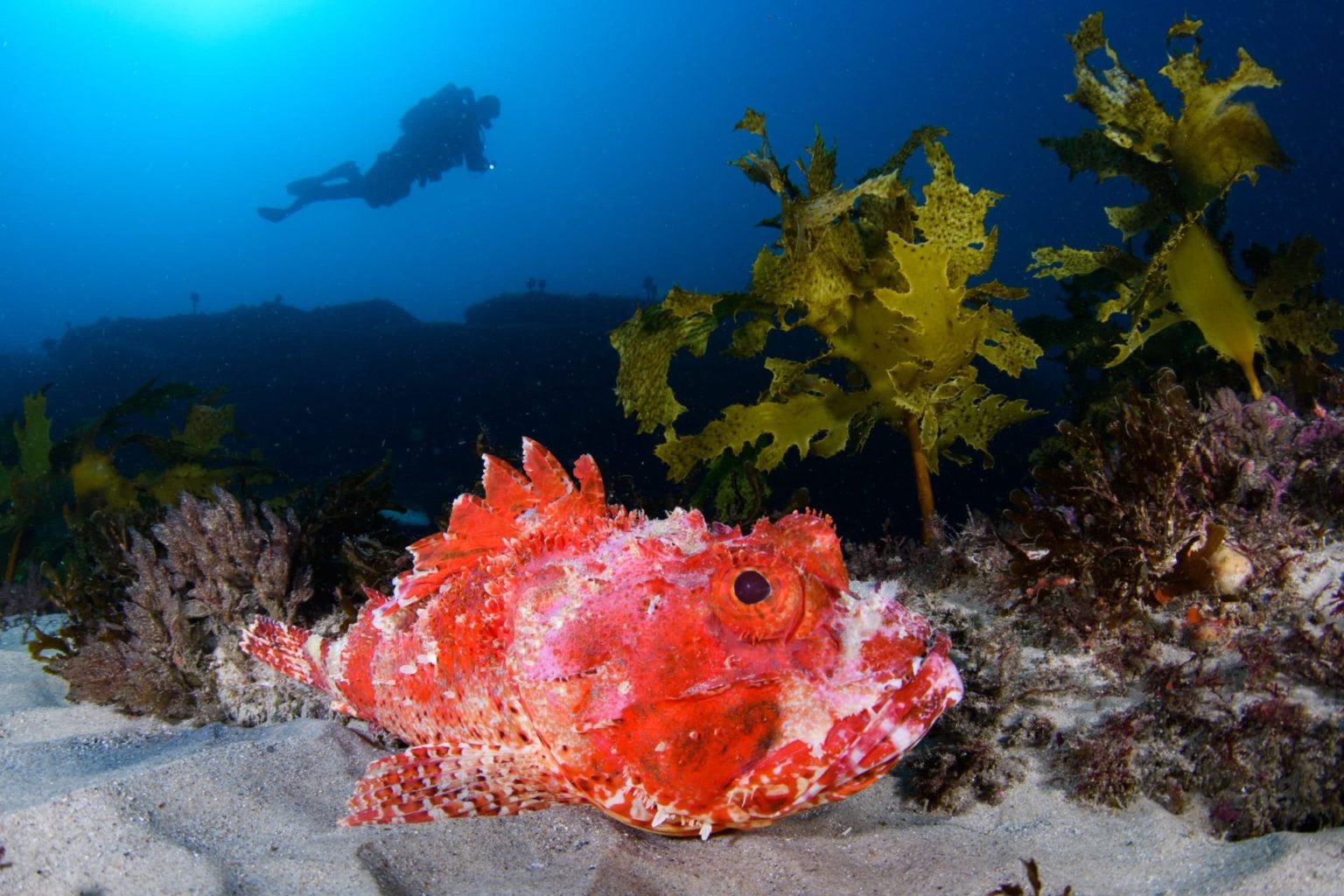








Great!!